#sacrificial husk. created in god's image. blood calling blood
Explore tagged Tumblr posts
Text
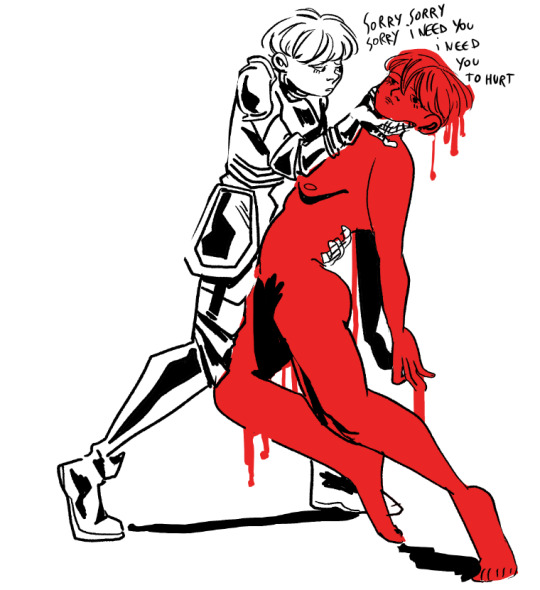
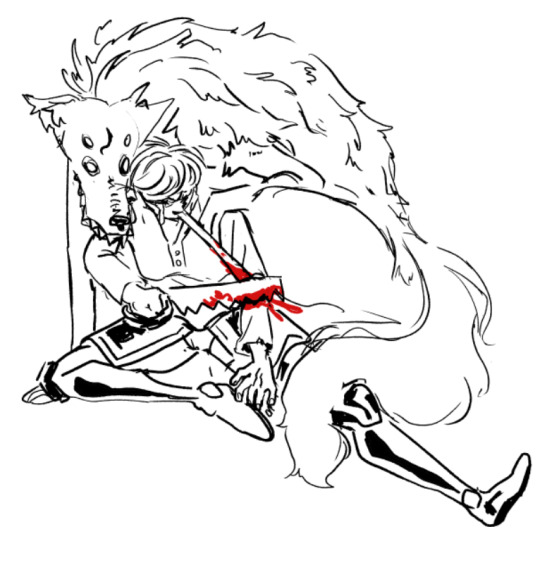
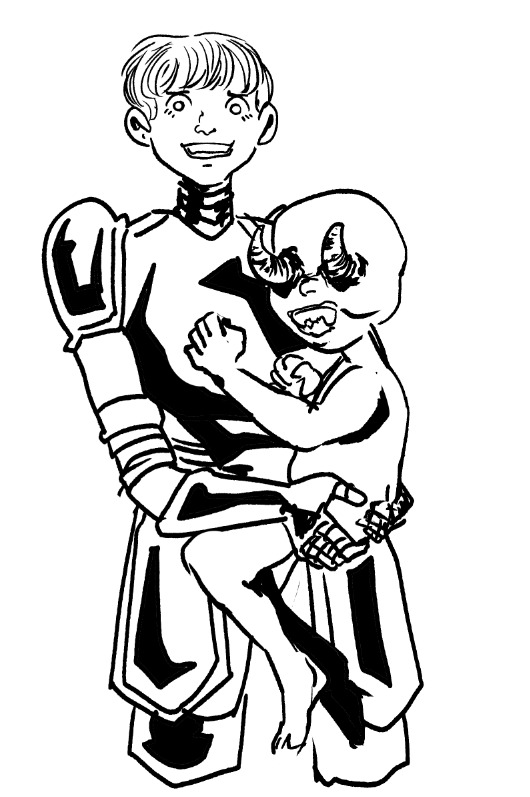
named her AAAAAA in my current run i think it sums up her mental space pretty accurately
#fear and hunger#fear and hunger fanart#d'arce#moonless#blood/#captions for these on twitter were in order:#sacrificial husk. created in god's image. blood calling blood#mfw no more green herbs#and#me and my awful corpse child that i hate
283 notes
·
View notes
Text
Poppet Magick
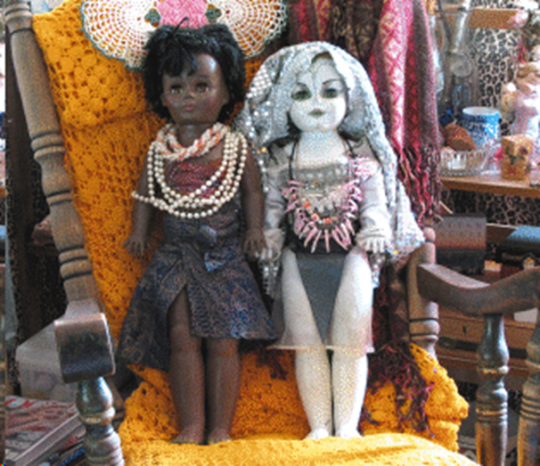
(Poppet Dolls © SilkyRose)
Written and compiled by George Knowles
A poppet is a life-like figure or doll made to represent a person or animal and is used in ritual, magic and spell-craft to effect change through the application of sympathetic or imitative magic (see Sir James George Frazer below).
Sympathetic magic works on the principles of “similarity” and “associated contact” (i.e. like attracts and effects like). It is based on the belief that someone or something can be magically affected by doing something to an object in one place, that represents a person or thing in another place. To achieve this a poppet is made as a representation of a person or thing and contains items associated with or belonging to that same person or object. Once made and magically charged, any action performed upon the poppet, is thought to cause or effect a similar reaction on the person or object it represents.
The use of poppets in witchcraft and magic is an age-old practice, but their potential uses have long been closely guarded secrets, and as such there are an abundance of myths, folklore and superstition surrounding their use. For example, in more recent times poppets have been negatively aligned with the Voodoo Dolls of Haiti, which through popular fantasy fiction portrayed in films and on T.V, are commonly associated with malicious intent - revenge, hate or evil. Today poppets are more likely to be used for protection, prosperity, luck, love, health and happiness. However, as and when a need has been identified, they can also be used for banishing and binding to prevent harm.

(Poppet Dolls © SilkyRose)
When used in ritual poppets can also represent various aspects of the Goddess and God. For example at Lammas (1st August), Corn Dollies are made from the last cut sheaves of corn and fashioned into stick like figures representative of the Sacrificial God in his guise as John Barleycorn the “Spirit of the Corn”. These are then ritually burned and their ashes spread or buried in the fields. Many believed that with the cutting of the last sheaves of corn, the “Spirit of the Corn” retreated into the soil, to sleep there throughout the winter awaiting his rebirth in the coming spring. In a similar ritual at Imbolc (1st February), Bridie Dolls are made to represent Brigit (also known as Bride) the maiden Goddess of Fertility. Again these are ritually burned, but their ashes are mixed with the new seeds and are ploughed into the ground in the hope that the “Spirit of the Corn” (the God) will awaken and ensure the next harvest.

(Corn Dollies made by Tamra L. Consbruck © 2008)
The use of poppets and dolls in magic date back to ancient times and occurrences of their use have be found in India, Babylonia (Chaldaea), Mesopotamia, Egypt, Greece and Rome. In ancient Greece for instance, poppets called “Kolossoi” were typically used to bind deities for defensive purposes to protect one’s village, home and family. Today binding spells are commonly used and targeted at specific individuals to stop or prevent then from harming others. The ancient Greeks however used binding to secure deity protection for public as well as private defence. For example, the spirit of Ares, the God of War would be bound in a poppet, which was then placed in the village square to ward off invading enemies, thus preventing war. Similarly other protective deities could be bound and the poppet buried near the home to protect buildings and family.
During the witch hysteria of the 17th century, at the infamous trial of the Lancashire Witches in 1612, Old Mother Demdike confessed and described the quickest way to murder someone by witchcraft as: “…to make a Picture of clay, like unto the shape of the person whom they mean to kill, and dry it thoroughly: and when they would have them to be ill in any one place more than another; then take a Thorn or a Pin, and prick it in that part of the body to consume away, then take that part of the Picture, and burn it. And when they would have the whole body to consume away, then take the remnant of said Picture and burn it: and so thereupon by that means, the body shall die.”
In more recent histories, when African slaves were forced to leave their homes and sold into labour on American plantations, many brought with them small religious artifacts similar to a poppet doll called a “fetish”. A fetish is commonly a statue or object containing magical power, used to protect the owner from evil spirits or to control the owner’s destiny. In tribal Africa, these beliefs are incorporated into expressive figures that acquire their power through ritualistic carving and consecration. In addition, special herbs, sacrificial offerings and magical words are used to increase its power or appease its spirit. Some fetishes are hollowed out to hold herbs and other magical substances, while others are adorned with special charms and talismans to ward off evil and protect the owners. However, fearing the power such beliefs had on the lives of their slaves, any slave found in possession of a fetish was likely to be killed by his owner
Poppets can be fashioned from all kinds of materials, such as: carved roots, grasses, grain stalks, corn husks, fruit, wood, paper, mud, wax, clay, metal or lead, all formed into a human shape. These can then be dressed in simply made clothes and stuffed with a variety herbs, stones and other magical items needed to effect the purpose of the spell or work. Ideally personal items associated with the person the poppet is intended for, should be included in its preparation i.e. it could be dressed in material taken from clothing once worn by the person, a sample of handwriting or a photograph, personal items such as a lock of hair or nail clippings, and even bodily fluids such as blood, semen or saliva. The important thing is to create a link between the poppet and the intended recipient of the spell or work.
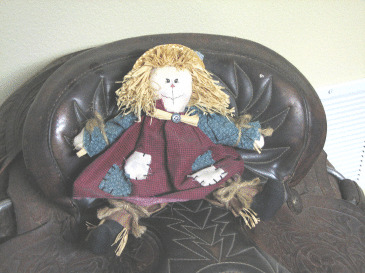
(Poppet Dolls © SilkyRose)
Poppets can be as simple or as elaborate as you like, but as they are generally made to represent another person, care should be taken to learn all you can about them, before you determine the need and purpose of your intent. Do you need to curse, heal, harm or bind??? While the possibilities are endless, just like in any spell work, you’ll need to set a goal and the means of achieving it. Some believed that the more work you put into preparing your spell, or the more complex it is, the stronger and more potent your focus and intent will be.
Like any ritual tool, once made, the poppet needs to be consecrated, named and dedicated to the work in hand, then infused with personal energy to bring into force your intentions. Sometimes this is be done by breathing life into the poppets mouth through a straw. In this way the poppet takes on a magical life of its own, which activates the spell or working.
Depending on the type of spell being worked, be it to curse, heal, harm or bind, various actions are performed on the poppet to cause a similar effect on the recipient. It can be pierced with pins, nails or other sharp objects to cause pain, cooled with water or heated with fire to cure a fever, or bound with cords to restrict movement. Once the spell or work is done, or success has been achieved, the poppet needs to be dismantled and ingredients used disposed of in an appropriate way, making sure that any link between it and what it represented is completely destroyed.

Sir James George Frazer
Finally, the late Sir James George Frazer (1854-1941) describes the use of sympathetic or imitative magic in his now classic book: The Golden Bough: a Study in Magic and Religion (first published in 1890):
“Perhaps the most familiar application of the principle that like produces like is the attempt which has been made by many peoples in many ages to injure or destroy an enemy by injuring or destroying an image of him, in the belief that, just as the image suffers, so does the man, and that when it perishes he must die. A few instances out of many may be given to prove at once the wide diffusion of the practice over the world and its remarkable persistence through the ages. For thousands of years ago it was known to the sorcerers of ancient India, Babylon, and Egypt, as well as of Greece and Rome, and at this day it is still resorted to by cunning and malignant savages in Australia, Africa, and Scotland. Thus the North American Indians, we are told, believe that by drawing the figure of a person in sand, ashes, or clay, or by considering any object as his body, and then pricking it with a sharp stick or doing it any other injury, they inflict a corresponding injury on the person represented. For example, when an Ojebway Indian desires to work evil on any one, he makes a little wooden image of his enemy and runs a needle into its head or heart, or he shoots an arrow into it, believing that wherever the needle pierces or the arrow strikes the image, his foe will the same instant be seized with a sharp pain in the corresponding part of his body; but if he intends to kill the person outright, he burns or buries the puppet, uttering certain magic words as he does so. The Peruvian Indians moulded images of fat mixed with grain to imitate the persons whom they disliked or feared, and then burned the effigy on the road where the intended victim was to pass. This they called “burning his soul.””
End
Sources:
http://silverbroomstick.multiply.com/journal/item/18/Poppet_Magick
Microsoft ® Encarta ® 2006. © 1993-2005 Microsoft Corporation.
Penguin Hutchinson Reference Library Copyright (c) 1996
Man, Myth and Magic - Edited by Richard Cavendish
The Golden Bough - by James George Frazer
http://www.wiccaspirit.net/
https://www.controverscial.com/Poppet%20Magick.htm
3 notes
·
View notes